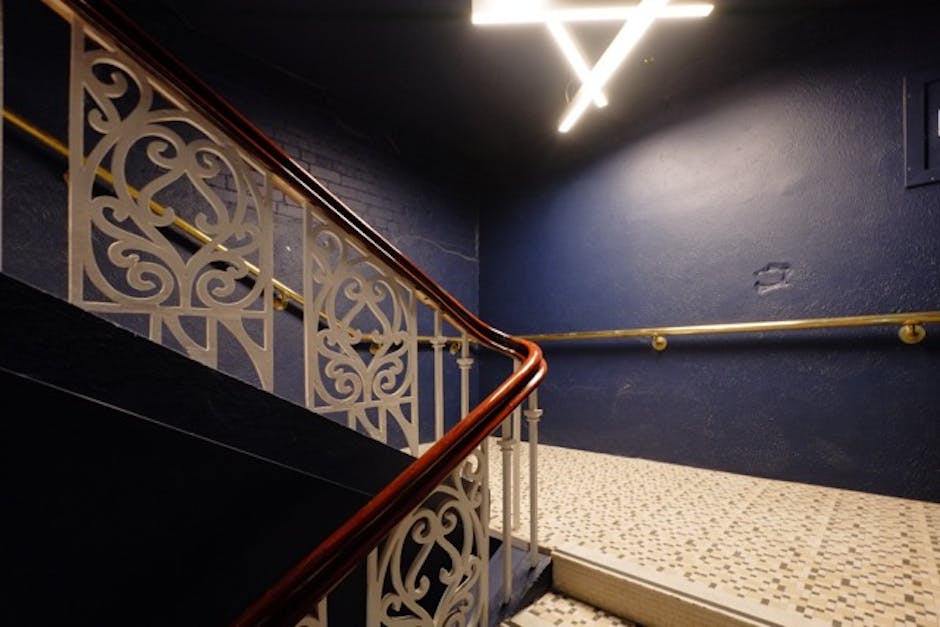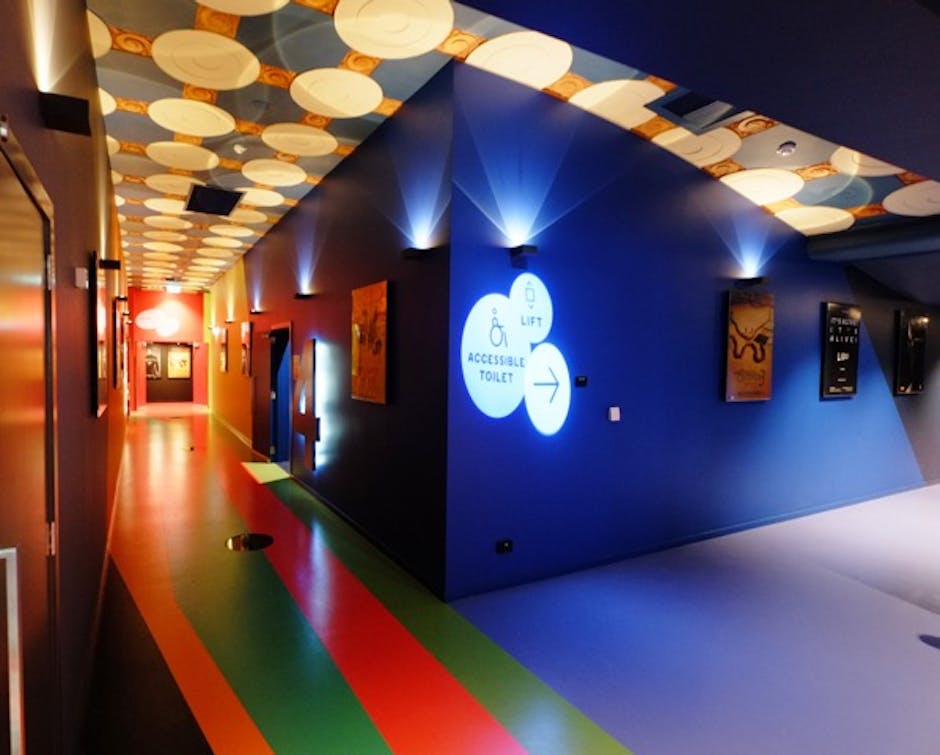History: Movies to Talk About
Lido Cinemas acknowledges the traditional owners and custodians of the land on which we operate. We acknowledge Aboriginal or Torres Strait Islander people attending and pay our respects to Elders past, present and emerging.

Much like the suburb it inhabits, Lido has experienced many phases over the past one hundred years, before becoming the contemporary hub of cinema it is today.
In 1912, the Glenferrie Theatre was built on the site of a former Catholic school, sparking the beginning of the complex’s century of transformation. The new precinct included a billiards saloon and tea room and featured a press-metal ceiling. It was a place of civility in a young city on the move.

The 20s saw the picture theatre turn into the ‘Glen Palais de Danse’, a good-time dance hall. Apparently the Hawthorn of yesteryear wasn’t very enthusiastic about overindulgent good times – health inspectors closed the Palais after discovering, “a certain amount of immorality going on outside.”
During the 1930s the former dance hall was retrofitted as a mini-golf complex (!), and then in 1939 the building reopened as the New Glen Picture Theatre. The revitalised cinema operated for twenty golden years until folding in 1959.
The 60s, 70s, and 80s were a time of rapid change for both Melbourne and the building. The balconies and foyer areas of the old cinema were repurposed for use as dance studios, music rooms and a dinner theatre called Naughty Nineties before becoming the eponymous Lido Cabaret and Restaurant. Eventually the space was entirely abandoned and sat dormant for over a decade.

Eddie and Lindy Tamir, owners of the Classic and Cameo Cinemas, bought the building in 2013 and renovated the eccentric maze of spaces, while retaining original design features such as the foyer’s terrazzo floor and decorative plaster ceilings throughout the cinemas. There are now eight indoor cinemas, a rooftop cinema, jazz room, and sweeping foyer space in this building that has had so many lives. Although the walls still look freshly painted, you can sense the history of art, dance, music, and debauchery that has unfolded under this roof since 1912.


